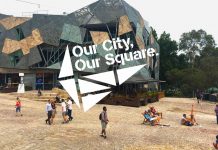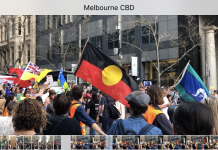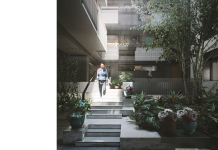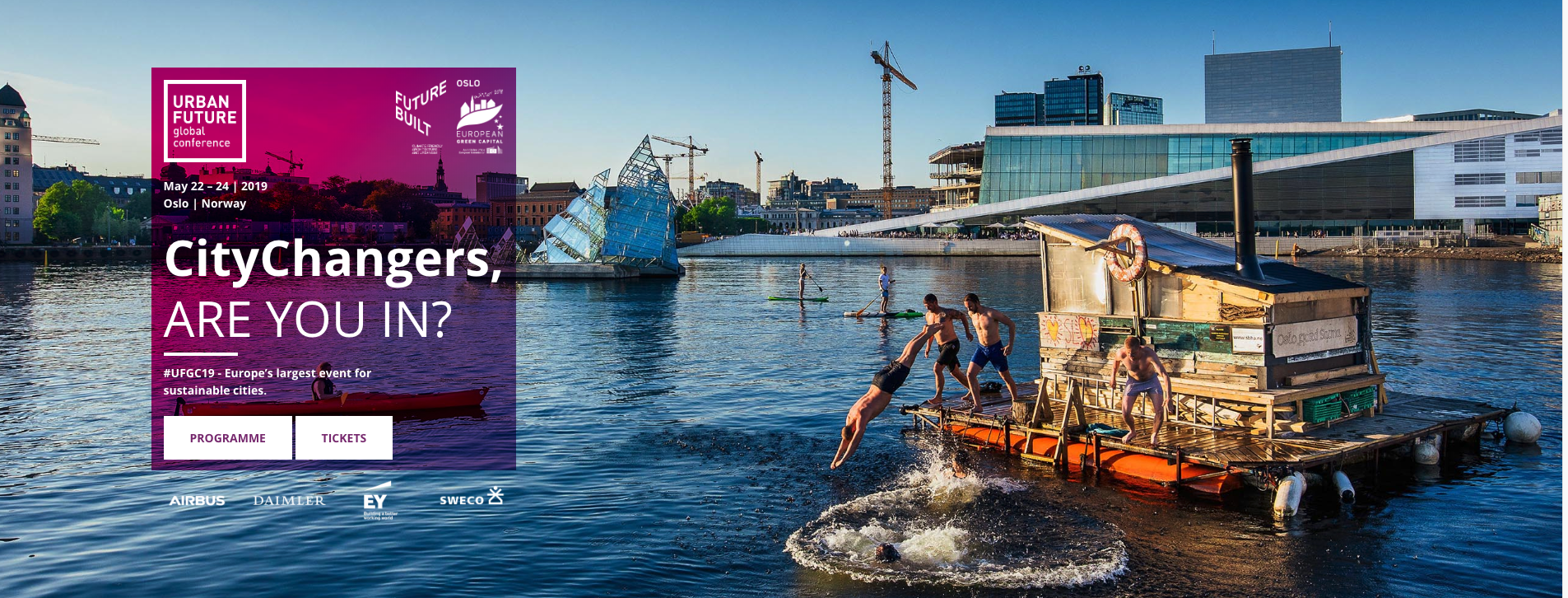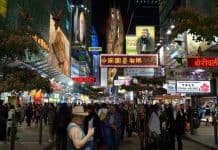I was riding to work several weeks ago down Little Bourke Street when a passenger decided it would be quicker for her to walk than wait in the traffic. Without a second thought she opened her door of her stationary car as I rode past. I was on the correct side of the traffic, the left side between the cars and the kerb, where cyclists are expected to travel. She didn’t knock me off, but my paniers caught on the door and I was sent hurtling towards a parked car. I jumped off to avoid hitting it.
I was sent hurtling towards a parked car.
It didn’t hurt until later. I was pumped with adrenaline and, to be honest, my biggest problem was controlling my impulse to get angry with her. The woman apologised. I managed to say, “bike awareness” before riding away, shaking my head.
It wasn’t until weeks later, when I had an MRI that I realised my painful leg had a fracture and bone bruising. The experience taught me a lot. I learned than people over fifty cannot get an MRI of their knee paid for my Medicare. Why? I learned you should always take the car details even if you think you are not injured. But, more interesting from the point of view of Dream Planet and urban design is what I learned about our cities and how very unfriendly they are to anyone who can’t propell themselves about on two legs without help.
Of course, I have never doubted this and have written about and supported liveablity from the point of view of those with disabilities. But there is nothing like experiencing it to sharpen your awareness.
So, here are three things I wish I’d known about cities before I fractured my leg in that
1. Getting a temporary disability parking permit involves a lot of walking, which is hard on crutches
Walking long distances on crutches is really difficult, and so you need to park near to where you are going. But it is almost as if VicRoads designed the system to involve the maximum number of trips. First you have to pick up the form from your council. Hopefully your councill will have them available online. Mine is but the form doesn’t mention temporary applications. Then you have to make a visit to your doctor to fill out the form. Then you have to return the form to the local council. You have to pay any fees the council might like to charge (mine doesn’t charge them) and also prove your residency. It’s snail mail or in person, so that means another trip.
2. People won’t help unless you can keep you cool and ask them to take into account that you are on crutches
It’s hard to keep cool on crutches. I attempted to attend an event at the Victorian National Art Gallery which I had booked before the accident. After finally penetrating the roadwork barriers surrounding the parking area, I found a park and went looking for the parking office to see if I could get a discount on all day parking rates ($70 or so) because of my problem. Otherwise, I would have ridden my bike. No-one in cooee, I discovered after hopping about in various directions.
It’s hard to keep cool on crutches.
I decided to ask at the Gallery information two floors up. The lift was broken. When I finally made it to the desk, the young and horribly able woman handling inquiries told me I’d have to ask at the parking office – two floors down.
It seems to me BLEEDING OBVIOUS that this wasn’t a practical suggestion, but I was beside myself by then and couldn’t control the overwhelm and frustration. All I could do was take myself home. I played meditations until I could Let Go.
When I next attempted an engagement with the burocracy, I was prepared. I had to get my passport to go to the Urban-Future Conference (see massive image at the top of this story) in Olso in May (yes, it’s exciting). My coach, bless her, had broken down the whole experience into steps.
I’d tried to do it online and reached an impasse. Finally, after Uber-ing to Birth, Death and Marriages, and then resuming my online Passport Application form, I was ready to appear in person at the Post Office. But I needed my formed printed out. I asked the concierge and she said the printer was broken, waving in the direction of OfficeWorks several blocks away.
I calmly replied, “I have a broken leg and it’s difficult to walk. Is there anything you can do?” Remarkably, she could. And when I reached another impasse at the counter and explained my situation, the woman could also help to solve it without me having to walk somewhere else. I thanked them both for going the extra mile. But if you are frustrated by the sheer idiocy of people or places, it’s hard to keep cool, and people just find you embarrassing. Ouch.
3. You can’t carry anything when you are on crutches
Okay, so it’s not easy for urban designers to solve this problem for me, but I want it to be known. One crutch is ok. But if you are on crutches, it is astonishing what you cannot do:
- carry coffee
- carry lunch
- carry your iPad
- carry your keys.
- reach into your bag to get your keys, or lunch or iPad
- stop your crutches from falling over everywhere and getting under people’s feet potentially causing another person to need crutches
You need a pouch or, even better, a tray that hangs around your neck and swings independently of you so it doesn’t spill your coffee. Sadly, it’s not yet invented yet so there is a design problem waiting for a solution.
… so there is a design problem waiting for a solution.
This is also a problem for us to solve with kindness. Really, most people are nice if you are not asking too much of them. The men don’t stand up for you in the tram, but the women do. Most people give you a sympathetic smile.
From now on, though, when I return to life as a normie, a physically-typical, a non-non-walking person, off crutches, I’m going to take the kindness quotient just a little further.
I am going to smile and raise my eybrows with a hint of enquiry – anything I can do to make life easier for you right now?
PS: Wanna come to Oslo for a global conference about changing cities. It’ll be cool. Let me know if you are, and we can have a coffee.
Follow me




